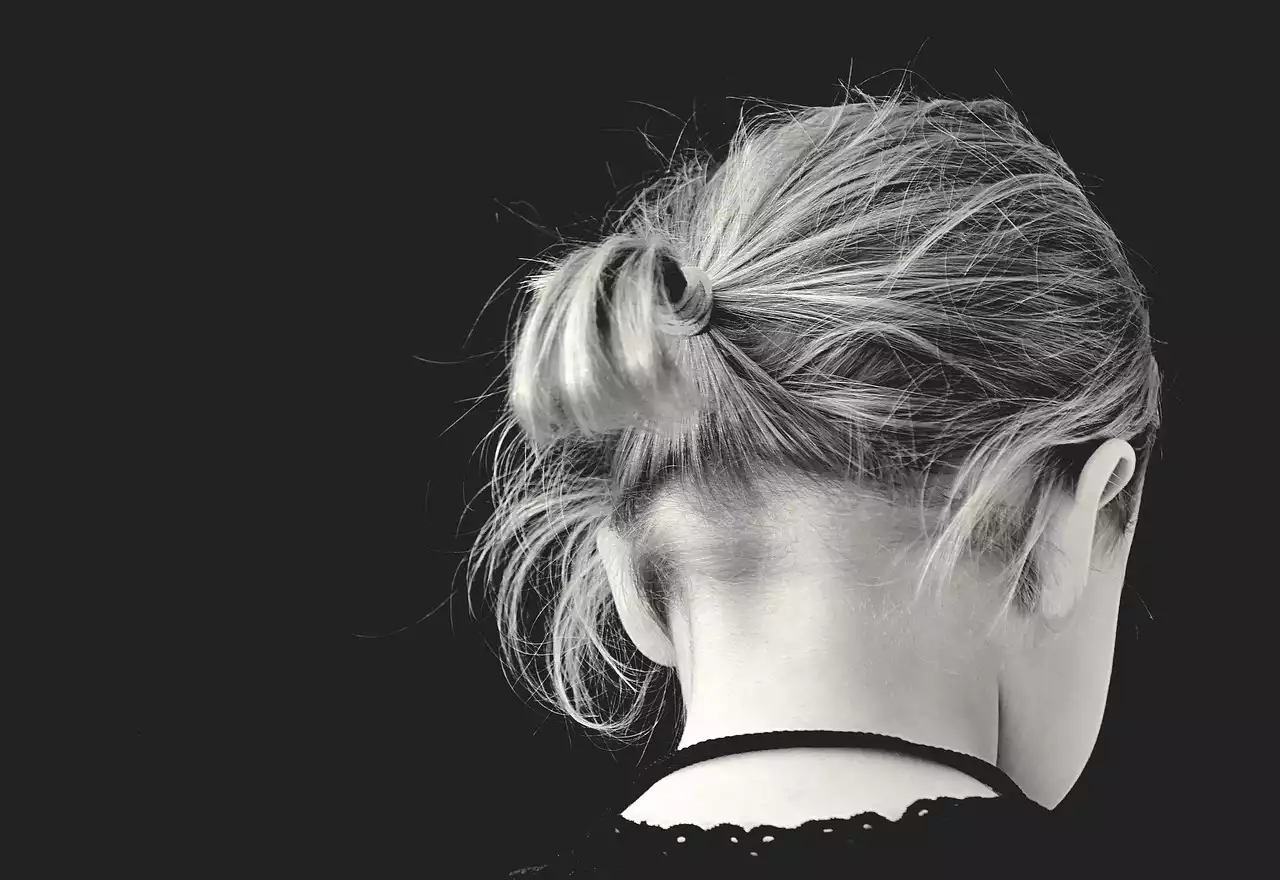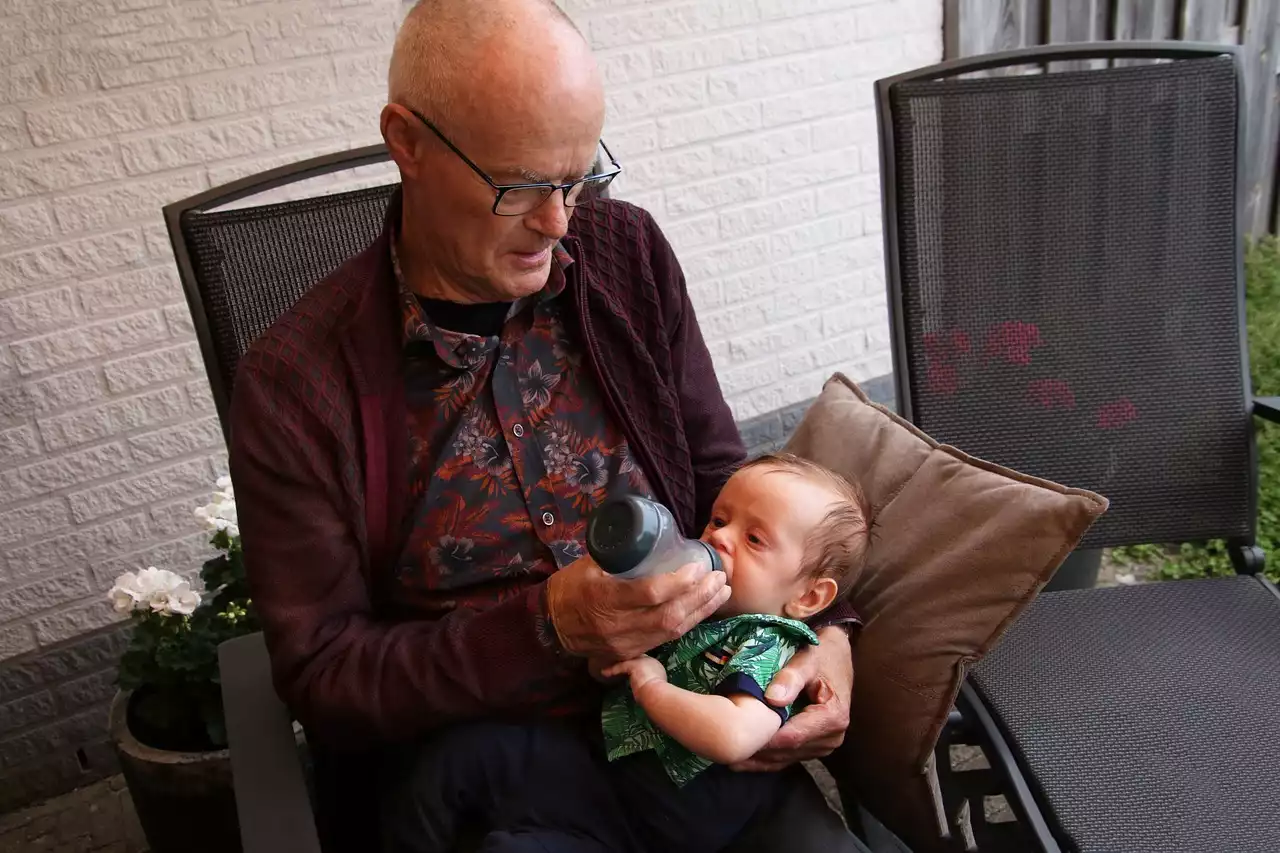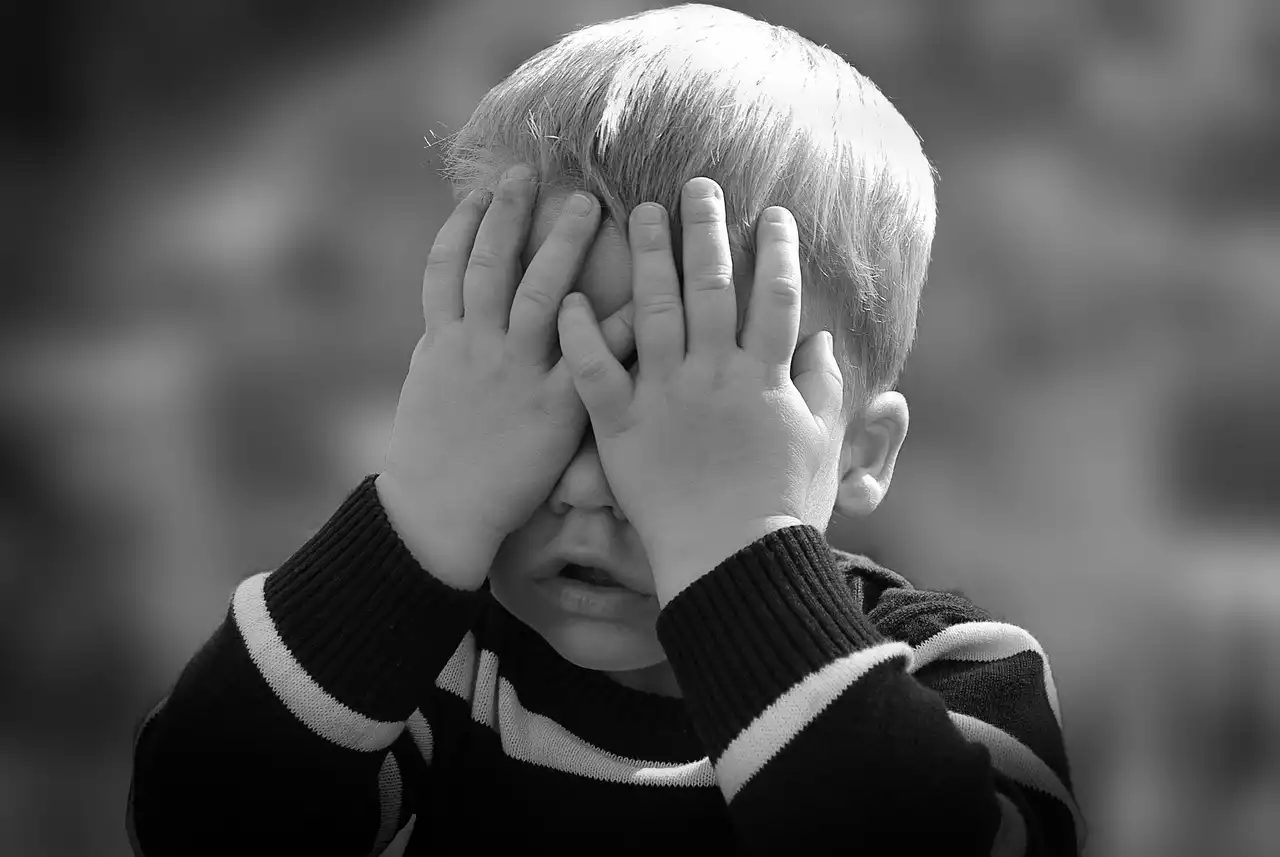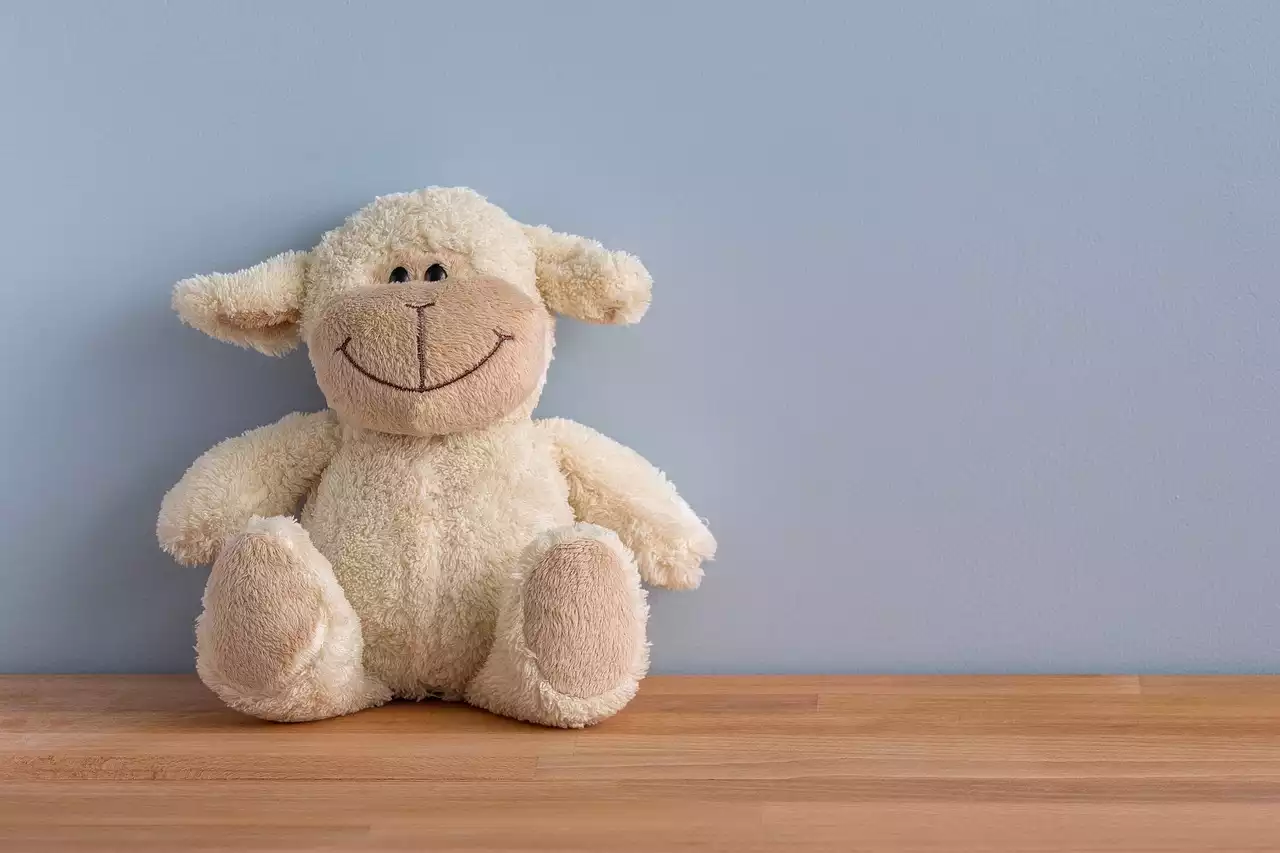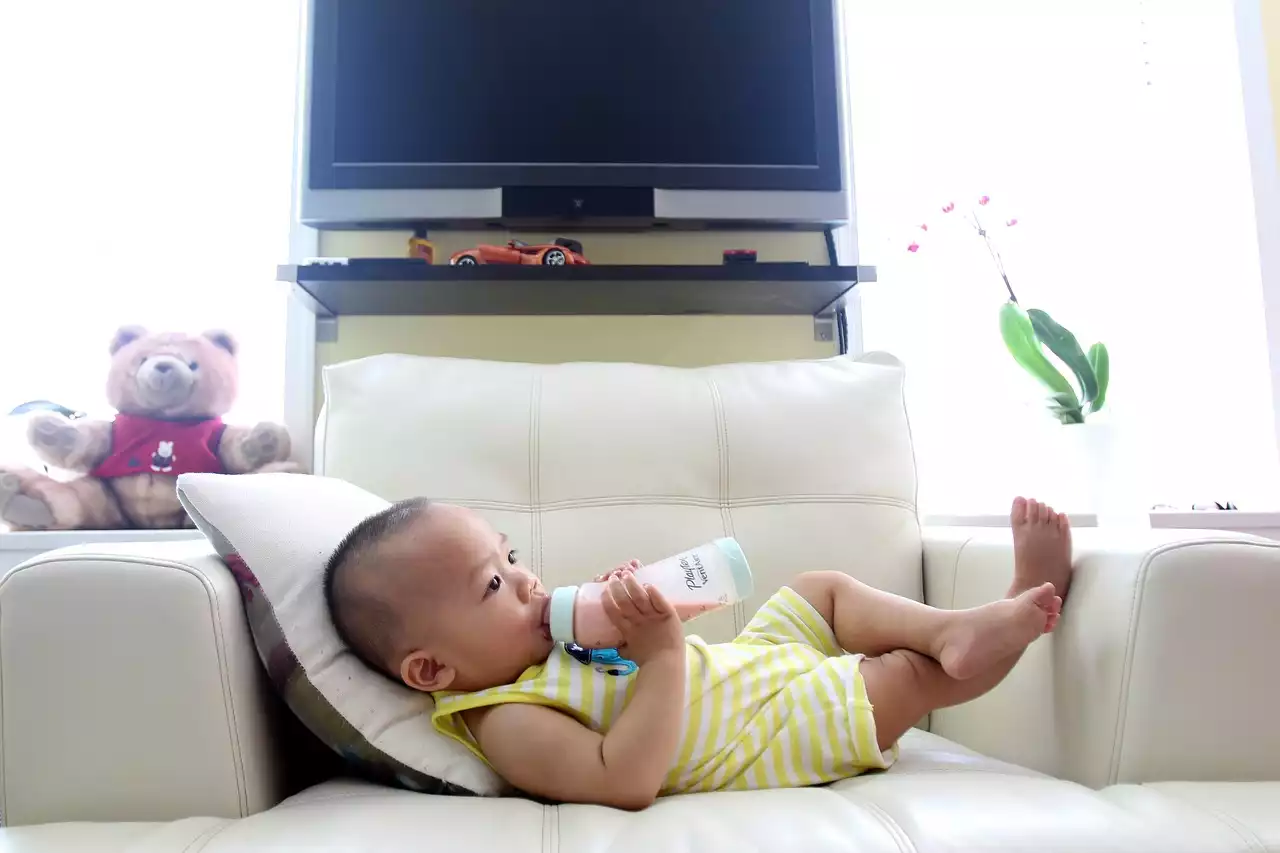What are Head Lice?
Lice are tiny bugs that live on your scalp and feed on your blood. They are not harmful and are not a sign of poor hygiene. Lice are extremely contagious and spread easily through head-to-head contact. They can also be spread through shared combs, hats, scarves, or other headwear, bedding, and furniture. You are more likely to get lice if you have close contact with someone who has them. Lice can be seen with the naked eye. They are very small and are a dark brown color. An adult louse is about the size of a sesame seed and an egg louse is slightly smaller. They are easy to spot during a proper head check.
Symptoms of Head Lice
Although symptoms of head lice are not common, they are possible. Lice bites on the scalp may cause irritation and itching. Lice are not known to transmit any diseases or cause any other harm. The most common symptom of head lice is itching in the scalp, especially behind the ears, at the nape of the neck, and around the hairline. Scratching the scalp can lead to sores and scabs. Other areas that may be affected include the eyelids and eyebrows. Some people with lice may notice small black or dark brown spots of dried blood on their pillowcases or sheets.
How to Prevent Head Lice from Spreading
There are several ways to prevent head lice from spreading. The most important is to check the entire family for lice and nits. Check all family members, including yourself, on a daily basis. You should do a thorough head check every day, especially if you have a child who regularly plays with other children. Look carefully through the hair, paying special attention to the back of the neck and behind the ears. You should be on the lookout for lice and nits in children’s hair and on their clothing as well as in your own hair. If you find signs of head lice in yourself or a family member, contact your doctor or visit a doctor immediately. Everyone in your household needs to be treated at the same time to prevent spreading and re-infestation.
Understanding the Life Cycle of Head Lice
The life cycle of head lice follows a three-step pattern. Lice need warmth and the presence of an adult to survive. This means that as soon as you realize there are lice in your hair, you must take action. Lice lay eggs, commonly called nits, on the hair shaft. The eggs are firmly attached to the hair rather than loosely attached to the scalp like dandruff. Nits look like tiny yellowish-white pearls on the hair. They are not visible to the naked eye. Gently comb the hair with a fine-toothed comb and giving the hair a quick shampoo will help you remove the nits. Keep in mind that nits are not a sign of infestation. They are simply an indication that the lice have been there at some point before and have laid eggs on the hair shaft. The eggs are either white or brown and are firmly attached to the hair shaft. They are not visible to the naked eye.
Home Remedies for Head Lice
There are many home remedies that people use to get rid of head lice. One of the most popular is vinegar. Apple cider vinegar and white vinegar are both thought to be helpful in killing lice. To use this method, apply a vinegar solution to the hair and scalp. Leave it in for at least 30 minutes before washing it out. The vinegar should kill the lice and nits. Be careful when using apple cider vinegar as it is more potent than white vinegar and has a higher risk of burning the scalp. Horseradish is another popular remedy. Some suggest mixing 1 teaspoon of horseradish with 1 teaspoon of mayonnaise and applying it to the hair and scalp. The mixture should be left in for 30-40 minutes before washing it out. Similarly, salt water can be used as a home remedy to kill lice. Mix 1 tablespoon of salt with 1 cup of water and apply it to the hair and scalp. The solution should be left in for 30-40 minutes before washing it out.
Over-the-Counter Treatments for Head Lice
Over-the-counter treatments for head lice include shampoos, lotions, and gels. They are effective in killing lice and reducing their eggs on the hair shaft. The most common treatments used over the counter are pyrethrins, permethrins, and lindane. Pyrethrins and permethrins are synthetic insecticides that are applied to the hair. They irritate the lice and cause them to die. Pyrethrins and permethrins are particularly effective against the common head louse, which is the most frequent type of lice in North America.
Prescription Treatments for Head Lice
Prescription treatments for head lice kill lice and nits. They are available in the form of shampoos, creams, and sprays. The most common prescription treatment is malathion. Malathion is used in various shampoos and sprays to kill head lice. It is applied to the scalp, allowed to sit for 10-20 minutes, and then rinsed out. Malathion can irritate the skin, but only in higher doses than what is used in these treatments.
Professional Treatments for Head Lice
Professional treatments for head lice are used when over-the-counter treatments are not effective or when the infestation is very serious. These treatments are generally only needed in extreme cases, such as a very large infestation. They include insecticidal shampoos, chemical treatments, and electric treatments. Insecticidal shampoos are used to kill lice and nits. They are applied to the hair and left in for 10-20 minutes before being rinsed out. Chemical treatments are used to kill the lice. They do not kill the nits and should be followed up with another treatment that does. Electric treatments are used to kill the lice. They are not effective against nits, so another treatment should be used to kill the nits.
How to Avoid Re-infestation
The best way to avoid re-infestation is to get rid of the lice and nits as soon as they are discovered. This can be done by combing the hair with a fine-toothed comb and then applying a lice treatment. Before you begin treating your hair, it is important to check everyone in the household. If any of you are infested, all of you should be treated at the same time. Doing this can help ensure that the lice are gone for good and will not come back. Be sure to check your hair again two weeks after the initial treatment to make sure that the treatment has worked and all the lice are gone.
How to Tell if the Lice are Gone
The first sign that the lice are gone is if you or any of your family members start itching less. Check everyone’s hair regularly for lice and nits. This should be done at least once a week and more often if someone in the household is itching. If you find lice or nits in your hair, treat them immediately. If you are unsure what type of lice you have, contact your doctor to discuss treatment options. If you get head lice, remember that it is not your fault and it can happen to anyone. Be sure to keep calm and follow the treatment schedule your doctor recommends. With proper treatment, all of the lice will be gone and your family can get back to living normal lives again.
